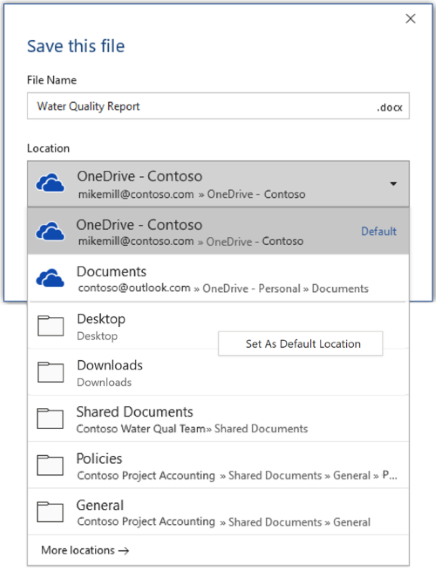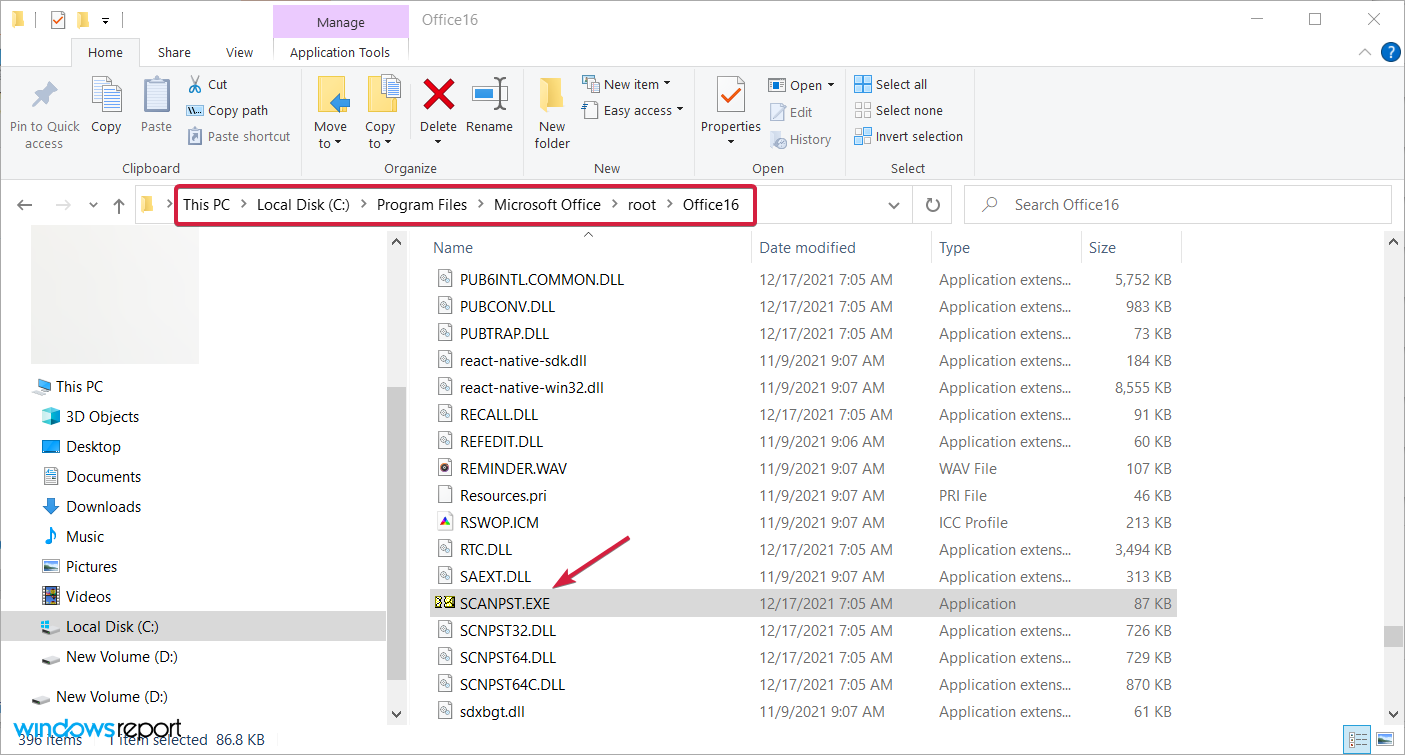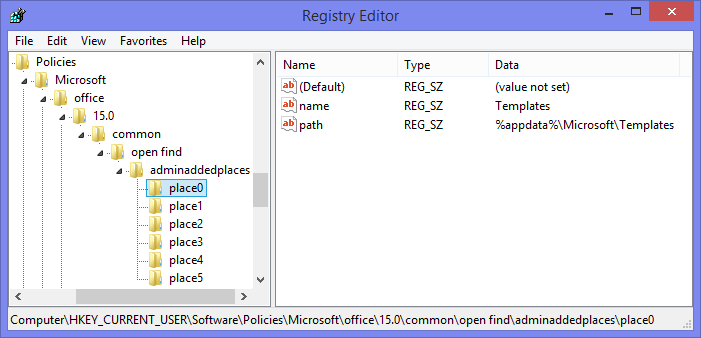

- Set default file folder search view office 2016 manual#
- Set default file folder search view office 2016 Pc#
- Set default file folder search view office 2016 windows 7#
- Set default file folder search view office 2016 download#
- Set default file folder search view office 2016 windows#
Unlike the "Save to Computer by default" option, you need to repeat the above steps on every application that you want to save to a specific folder. There are no direct Group Policy Objects (GPOs) to set the default font in Word (for both Office 3). For example, C:\Users\YOUR-USERNAME\Documents\Word\Īfter completing the steps, if you enabled the "Save to Computer by default" option, then when you click on the save button (or use the Ctrl + S keyboard shortcut), the "Save As" experience will open to save a document directly to the location you specified above. In the Default local file location field, specify a new local path to store your files. Once you've completed the steps, every time you click on the save button (or use the Ctrl + S keyboard shortcut), the "Save As" experience will open to save a document directly to "This PC." Changing the default save locationĪlso, to make it a little easier to save documents locally, you can also use the "Save" settings to specify a different default location to store your documents using these steps: Under the "Save documents" section, check the Save to Computer by default option. Quick Tip: You can save the extra steps to create a blank document using this tip to skip the start screen in Office. To save Office documents to your local folders by default, use these steps:
Set default file folder search view office 2016 Pc#
potx file.How to save documents to This PC by default In a similar way, you can change the default location for ost-files used by Exchange, and IMAP accounts. In order for Outlook to default to that location when opening a pst-file or creating a new one, you can make a change in the Registry.
Set default file folder search view office 2016 manual#
If all the above mentioned techniques didn’t help, you might need to try the manual method specified below. In the search box, type ‘Default’ and select Choose a default app Then for each known/relevant file type, select the default opening app.
Set default file folder search view office 2016 windows#
To set default font for PowerPoint, set a default theme, and save it as a. Personally, I’d like to keep my pst-files in a folder called Outlook which is a subfolder of the Documents folder. Hit the Search Windows magnifying glass icon (located at the left hand side of your task bar). Click or tap on any of the criteria from the dropdown menu to group items on that basis. Use the Group by button from the View tab. Click or tap on the Group by button from the Current view section. To create the default workbook template or default worksheet template, select either the XLStart folder or the alternate startup folder. You can also group files and folders from the View tab in File Explorer. In the Save in box, select the folder where you want to store the template. Set the default font for PowerPoint (for both Office 365 and Office 2016) Workbook calculation options and window view options. Specifies the "Standard font" font name and size. This seems clumsy and there may be another way, but it seems this unhelpful opacity. The folder will now be the default save location. Select and open an Excel file from that folder. In the green vertical banner, select 'Open'.
Set default file folder search view office 2016 windows 7#
HKEY_CURRENT_USER\software\policies\microsoft\office\16.0\excel\options\fontĪt least Windows Server 2008 R2 or Windows 7 Save an Excel file in the folder you wish to set as default. Microsoft Excel 2016\Excel Options\General

Set the default font for ExcelĬreate a font policy from Policy Management.Īpply the cloud policy to a security group that target users are members of.

Set default file folder search view office 2016 download#
There are no direct Group Policy Objects (GPOs) to set the default font in Word (for both Office 3). This download contains files for and information about each of the control IDs for built-in UI commands and menu items in all applications that use the Office 2016 Fluent UI.


 0 kommentar(er)
0 kommentar(er)
